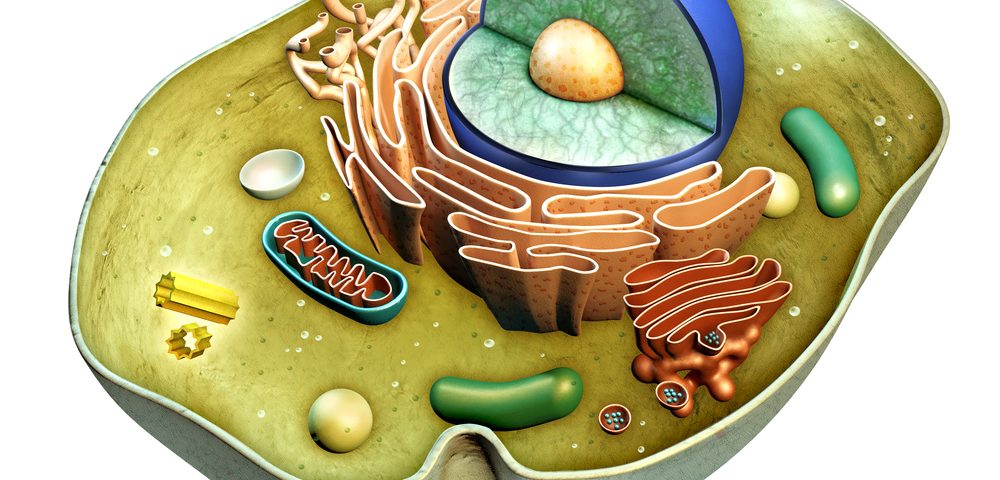Mutations of the BAP1 gene may play a role in the development of cancers like mesothelioma that are also associated with environmental factors, according to two studies.
The first article, “BAP1 regulates IP3R3-mediated Ca2+ flux to mitochondria suppressing cell transformation,” dealt with the link between BAP1 gene mutations and higher rates of mesothelioma. It was published in the journal Nature.
The connection between genes and cancer-related environmental influences has long intrigued scientists.
A gene they’ve found particularly interesting is BAP1, which regulates the BAP1 protein, also known as BRCA1-associated protein 1.
Scientists classify BAP1 as a deubiquitylating enzyme. Ubiquitination refers to the body adding a molecule called ubiquitin to a protein, which marks the protein for degradation and destruction. As a deubiquiliatying enzyme, BAP1 removes ubiquitin, increasing a protein’s lifespan.
In previous research the team found an association between BAP1 gene mutations and both earlier onset of benign melanocytic skin tumors and a higher rate of malignant mesothelioma.
Another finding was that two American families with high rates of malignant mesothelioma, but with minimal exposure to asbestos, had BAP1 mutations. Science has long shown a connection between exposure to asbestos and development of mesothelioma.
A number of other studies have also linked BAP1 mutations with cancer. This is particularly true of cancers that appear to have environmental influences, such as mesothelioma and melanoma. The implication from this research is that the BAP1 enzyme somehow connects genes with the environment.
In the first study, researchers showed that the enzyme accumulates in a cell component known as cytoplasm — and more specifically, the endoplasmic reticulum (ER) part of cytoplasm. ER is an area where protein generation and maturation occurs. It is also where calcium ions are stored for cell signaling.
People with a BAP1 gene mutation express low levels of the BAP1 enzyme. Expression is the flow of genetic information from a gene to a protein.
Researchers discovered that BAP1 levels were mostly affected in the ER, which suggests that the enzyme may control a mechanism that leads to cell death. The body often uses the mechanism, called apoptosis, to get rid of cells that have accumulated significant mutations, such as cancer cells. The mechanism involves the release of calcium ions from the ER.
Cells with a BAP1 gene mutation released lower levels of calcium, researchers found. When the team triggered more expression of the BAP1 enzyme in the ER, the cells released more calcium.
The team also discovered that the enzyme interacts with a protein called IP3R3 to control the ubiquitination of IP3R3. Reduced BAP1 levels lead to reduced expression of IP3R3. The result is less calcium release, and therefore a decrease in apoptosis.
Another finding was that depleting levels of BAP1 or IP3R3 promoted the transformation of normal mesothelial cells into mesothelioma cancer cells. And restoring the protein levels returned the cells to a normal state.
The scientists’ second study, “Germline BAP1 mutations induce a Warburg effect,” was published in Cell Death and Differentiation.
It involved cells with BAP1 mutations that the scientists obtained from members of the two American families. The cells displayed what is known as the Warburg effect — an unusual form of metabolism that cancer cells exhibit.
The Warburg effect facilitates cancer transformation rather than being a byproduct of it, the study suggested. This led to the question of whether differences in BAP1 enzyme function and calcium release in the ER are associated with the Warburg effect. The team plans to tackle that question soon.
Together, the studies suggested that faulty BAP1 genes may predispose some people to cancer, particularly those already exposed to cancer-related environmental factors. The studies highlighted the need for studies that combine genetic and environmental factors, researchers said. That approach could lead to better ways to diagnose, monitor and treat cancer patients, they said.


